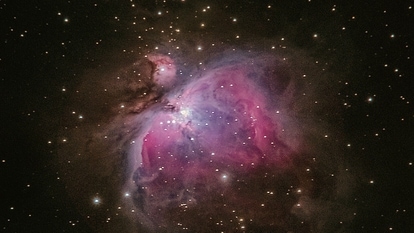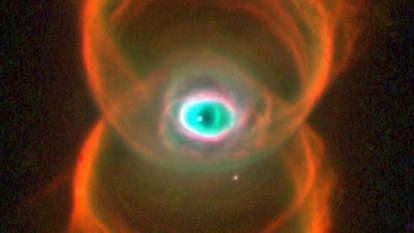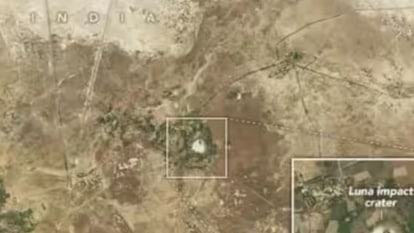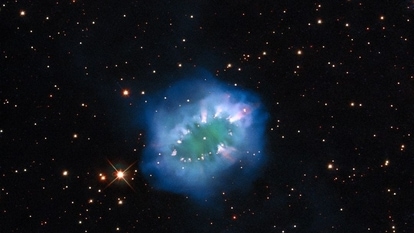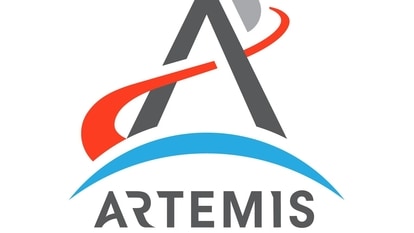NASA Astronomy Picture of the Day 9 January 2023: Comet E3 ZTF, seen by Neanderthals, shot
NASA’s Astronomy Picture of the Day is a stunning image of a comet which is set to pass Earth closely next month.
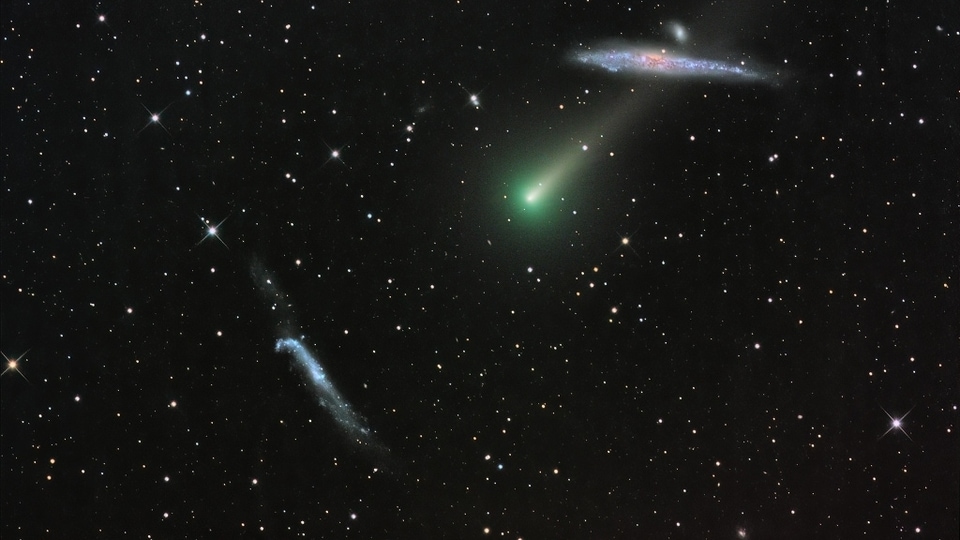
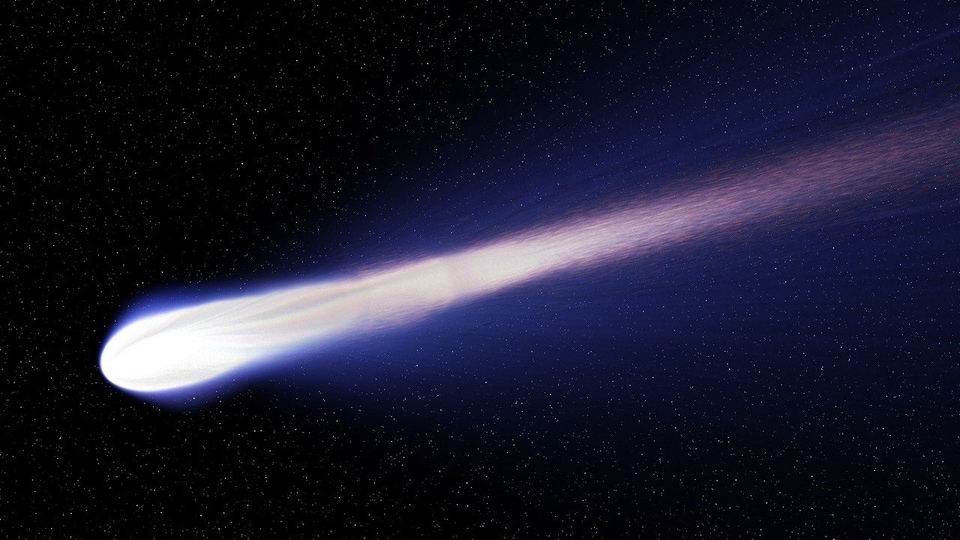
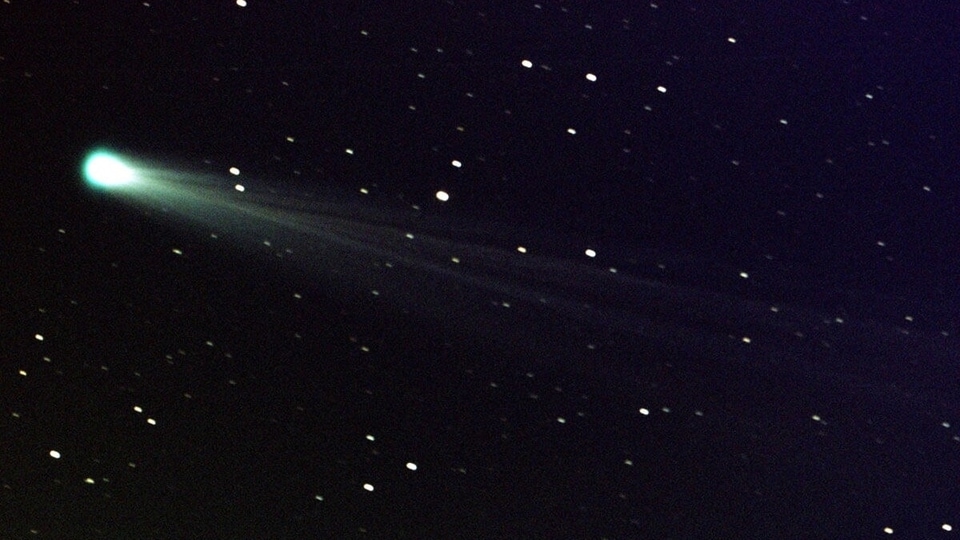
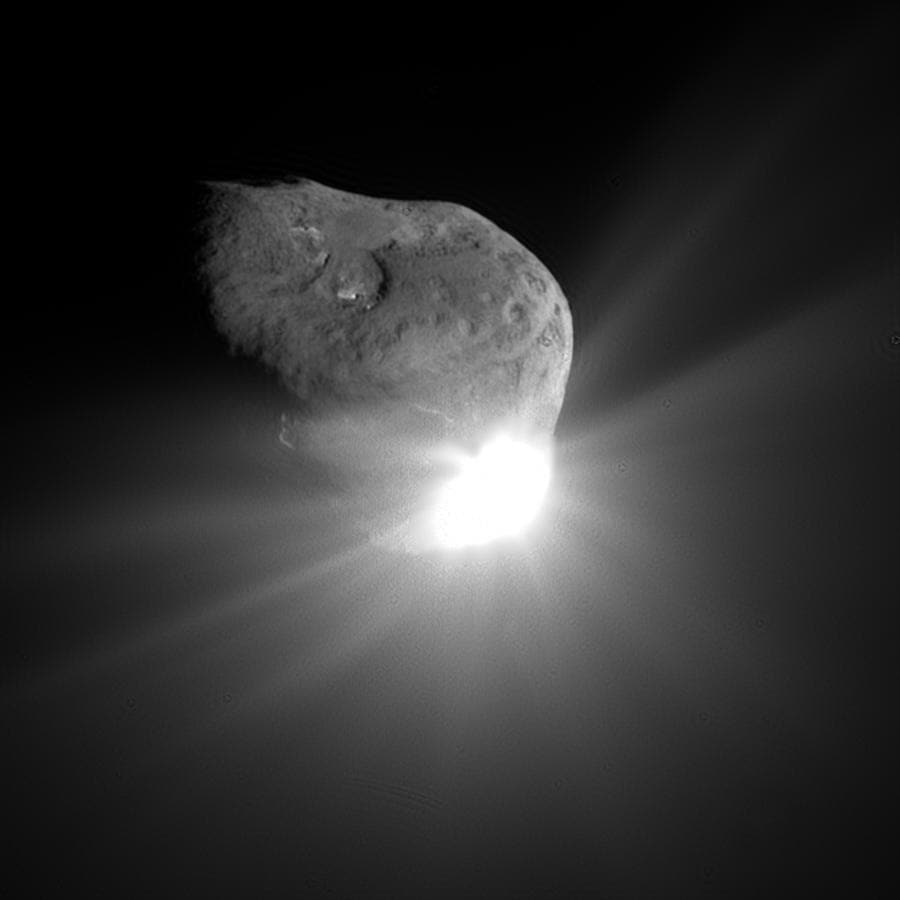
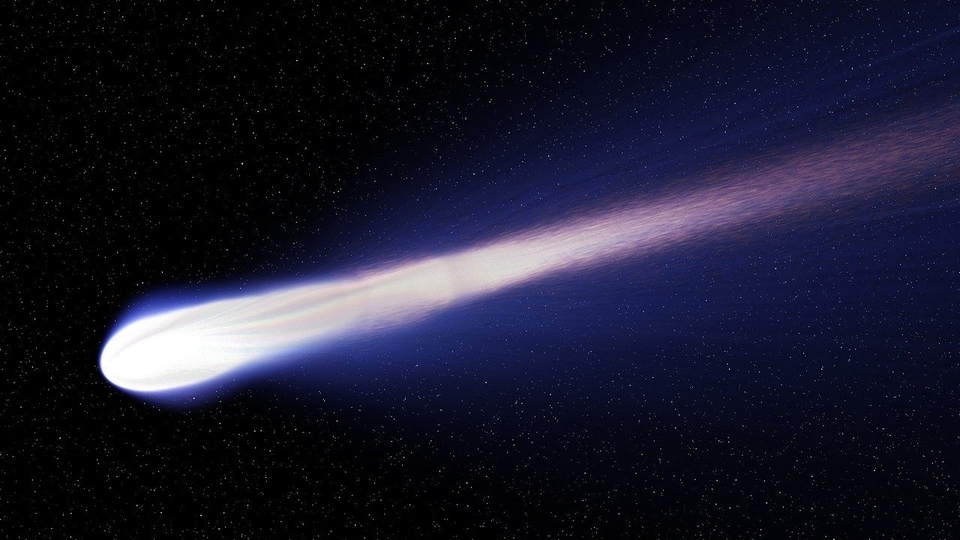
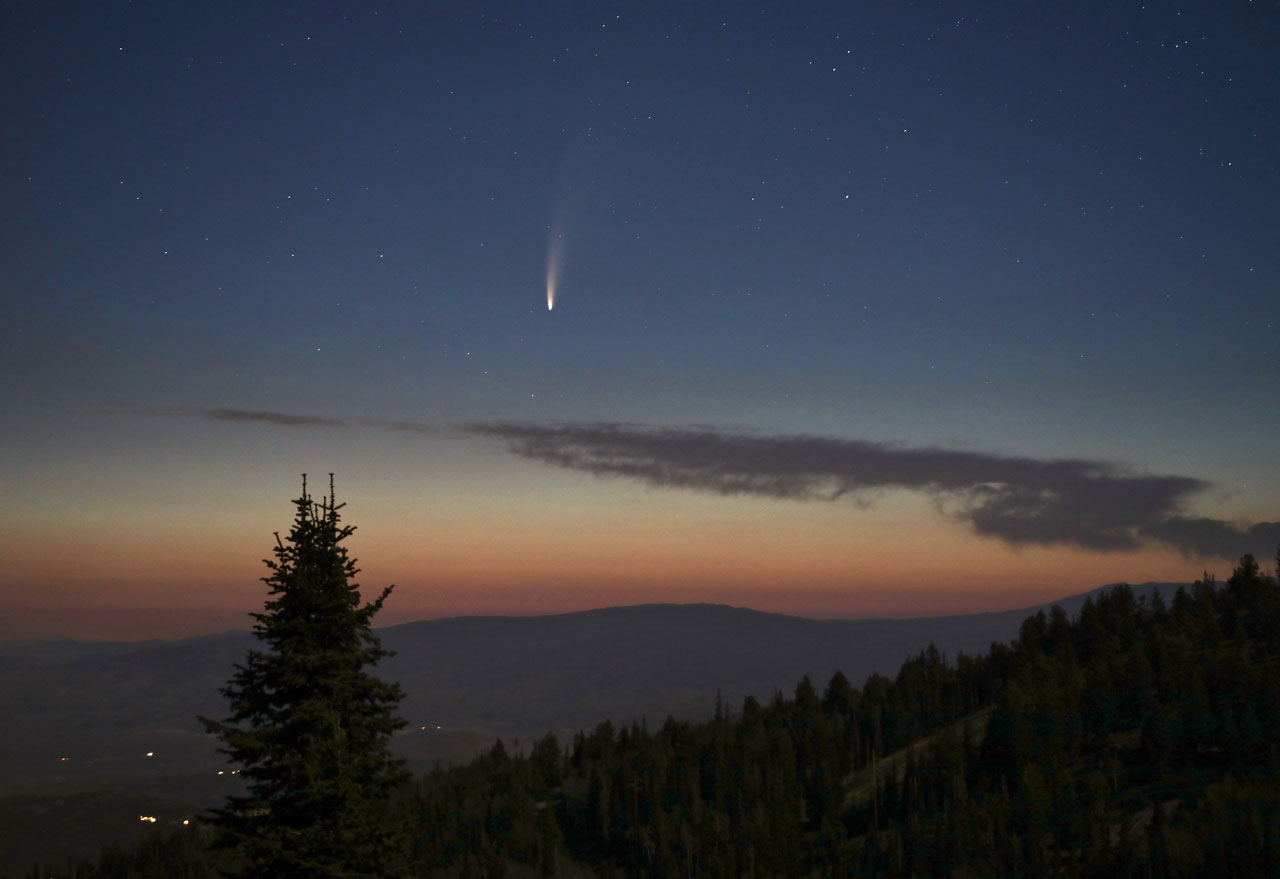
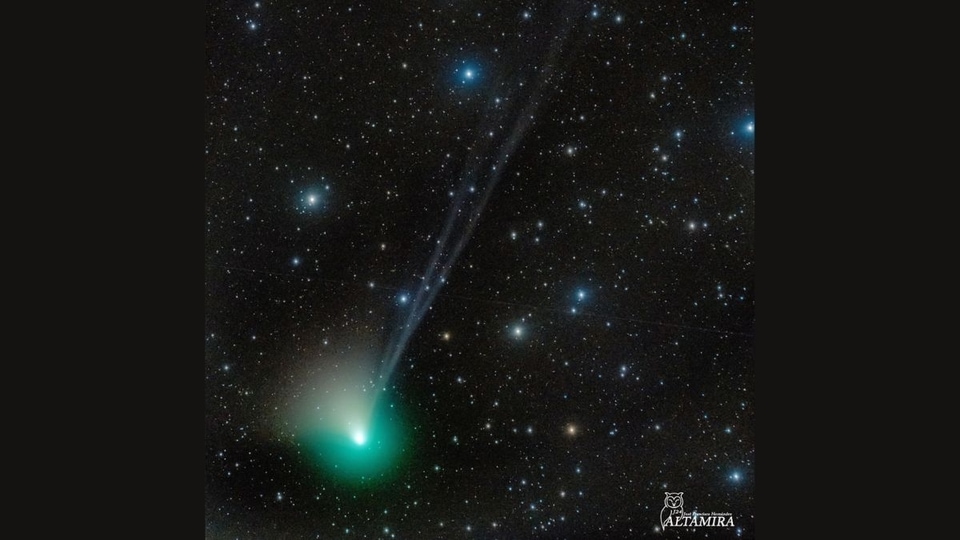
 View all Images
View all ImagesComets are cosmic snowballs of frozen gases, rock and dust roughly the size of a small town. A comet also orbits the Sun, but unlike an asteroid, it's mostly composed of ice and dust. When a comet gets close to the Sun, its ice and dust content start to vaporize. So, when seen in a telescope, a comet appears fuzzy and has a tail. So, if you're an avid comet watcher, there is exciting news for you. A comet which was last seen by Neanderthals is all set to pass Earth this year.
NASA's Astronomy Picture of the Day is a stunning image of the comet C/2022 E3 (ZTF) which is a long-period comet that originated in the Oort cloud, captured by Jose Francisco Hernández, an astrophotographer. The comet has a period of around 50,000 years, meaning the last time it flew past Earth closely, it was seen by Neanderthals during the Upper Paleolithic period on Earth. According to NASA, it is presently located around 100 million miles away from Earth, but is rushing towards our planet fast.
NASA's explanation
Comet ZTF may become visible to the unaided eye. Discovered early last year, this massive snowball has been brightening as it approaches the Sun and the Earth. C/2022 E3 (ZTF) will be closest to the Sun later this week, at which time it may become visible even without binoculars to northern observers with a clear and dark sky. As they near the Sun, comet brightnesses are notoriously hard to predict, though.
In the featured image taken last week in front of a picturesque star field, three blue ion tails extend to the upper right, likely the result of a variable solar wind on ions ejected by the icy comet nucleus. The comet's white dust tail is visible to the upper left and much shorter. The green glow is the comet's coma, caused by glowing carbon gas. Comet ZTF is expected to pass nearest the Earth in early February, after which it should dim dramatically.
About Comet C/2022 E3 (ZTF)
Comet C/2022 E3 (ZTF) was discovered by astronomers using the wide-field survey camera at the Zwicky Transient Facility in 2022 in early March, NASA revealed. Astronomers say that it will come within roughly 26 million miles of Earth on February 1.
Although comets are usually unlikely to be visible to the naked eye, the Comet C/2022 E3 (ZTF) could be visible to people around the world watching with naked eyes for a few days around the period of its close approach.
Catch all the Latest Tech News, Mobile News, Laptop News, Gaming news, Wearables News , How To News, also keep up with us on Whatsapp channel,Twitter, Facebook, Google News, and Instagram. For our latest videos, subscribe to our YouTube channel.



